Menu
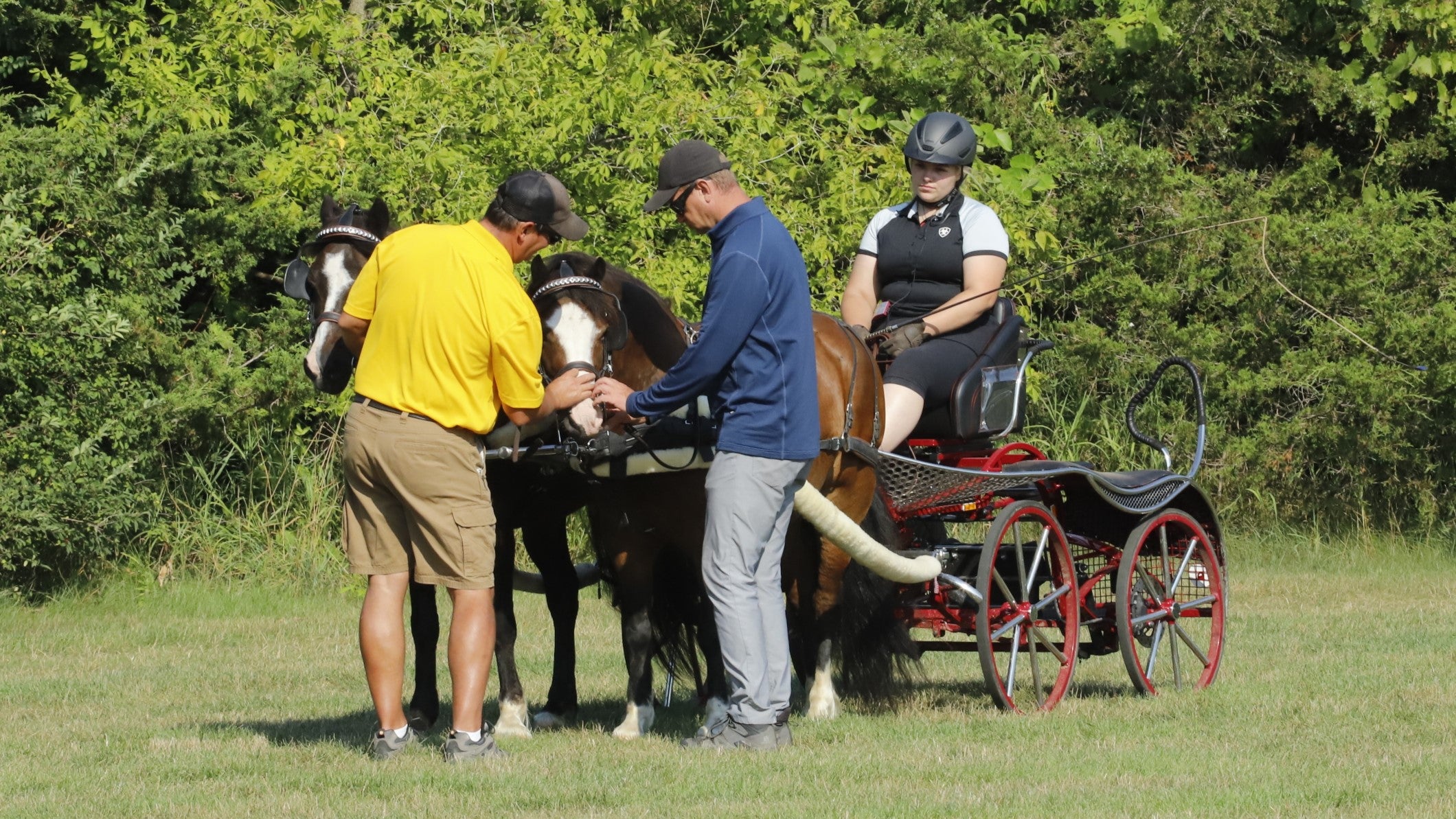
Why Do We Care?
Carriage drivers are some of the most gracious, friendly equestrians out there. There are not very many of us comparatively, so we tend to gravitate towards  each other and stick together. This also might explain why we care so much.
each other and stick together. This also might explain why we care so much.
When we first started driving, I was surprised to hear comments from carriage driving spectators/parents at 4-H shows compared to the comments from riders. The people watching riding classes were more critical of the shirt someone was wearing, or if the horse’s head was in the right spot. (Yes, equestrians can spend a lot of time being sideline judges…) When I started sitting with the drivers during the driving classes, they were much more concerned with whether or not the kids were sitting on the end of the reins or otherwise holding the bight, so the reins didn’t get caught up in a wheel. They were watching to see whether or not the horses were harnessed properly. They were watching to see if the kids were paying attention to the traffic around them. What the kids were wearing was superficial for the event at hand. And why is that? Because they cared. They cared whether those reins got caught up in a wheel. They cared whether the horses were comfortable in their work. They cared whether there was any “wheel-kissing” happening in the ring. And so goes the rest of the carriage driving culture and community. Experienced drivers know the potential for accidents in driving is much more so than in riding.
In the riding world, it seems like it is more a “hands-off” approach if someone is doing something that is on the verge of dangerous, whether they know it or not. Other riders might try to avoid that rider in the warmup or show pen. Very rarely, have I ever seen someone approach someone else asking them to avoid a certain behavior or adjust their tack. It is definitely NOT the same with driving. We understand the potential for wrecks…that are MUCH more devastating with driving than riding.
Experienced drivers will definitely approach a newbie trying to help them learn what to do and what not to do. If your harness is really adjusted poorly (more than just a  couple of tweaks needed), or is on the verge of breaking because it is cheaply constructed, experienced drivers will step in to help. Sometimes that means that the current harness just isn’t going to work! You can’t put a reining saddle on a Mini, and you can’t put a Draft harness on a Cob, even to start. (Well, you can, but it won’t work properly and could be to the detriment of the horse!) Just like using that saddle that is too big for the horse, using a harness that doesn’t fit can (and usually will) cause discomfort and “behavioral” problems.
couple of tweaks needed), or is on the verge of breaking because it is cheaply constructed, experienced drivers will step in to help. Sometimes that means that the current harness just isn’t going to work! You can’t put a reining saddle on a Mini, and you can’t put a Draft harness on a Cob, even to start. (Well, you can, but it won’t work properly and could be to the detriment of the horse!) Just like using that saddle that is too big for the horse, using a harness that doesn’t fit can (and usually will) cause discomfort and “behavioral” problems.
When my youth students were showing in 4-H, I can’t tell you how many times I adjusted harnesses at the show itself for kids who had zero help at home. I was once asked by one of my 4-H parents at a state 4-H show to adjust a harness for another kid (who was in her own daughter's class) because she came out of her first class in tears when the judge told her that her harness wasn’t adjusted right. When I went over to her pony, the saddle was on top of the withers. We had her get out of the cart while I adjusted her harness in between classes. We rehitched the pony and she went back into her next class only to come out with a Top Ten placing. (The pony was a saint!) Even the judge commented on how it was great that she got help. She was ecstatic! From that point, she became another one of my students, even though she lived about two hours away. Driving instructors are really few and far between, and it may be necessary to work with someone on an incremental basis a few times a year if you live a distance away. We have adult students who come from up to five hours away once or twice a year to do lessons over a weekend. Virtual lessons may also be a possibility. It’s what you have to do in the carriage driving world!
Experienced drivers will even approach each other when necessary if they see something that the other driver may have missed! I have shared this story before, but I had a fellow competitor who informed me that my horse’s bridle was hovering over one ear before a class! She didn’t want to be in the arena with a wreck any more than I did! We’ve helped other competitors put to, tucked the ends of harness into keepers, shared equipment, and even straightened scarves and ties of people who are competing against our students or ourselves. While scarf straightening isn’t detrimental to good, safe driving, it does help develop trust from our fellow competitors who we want to see be successful no matter what.
Now let’s translate this to web-based information. Most of us would take considerably more time with pleasantries and introductions in person before we come out and tell you that your harness or vehicle doesn’t fit, and that you need to either fix it or stop altogether. However, in the written word of social media posts et al, we don’t generally take the time to type, “Hi, my name is Myrna Rhinehart, and I own IVC Carriage. I have been driving both competitively and recreationally for over 30 years, and I also teach driving lessons. I have noticed that you may need a little help with your turnout.” Most people respond in posts getting directly to the point, especially in the case of a dangerous situation. If you are about to walk in front of a car, we don’t say, “Hello, I’m Ada Bea. Please don’t step off that curb right now.” We say, “STOP!” while we grab their arm (maybe even forcefully)! After the hazard has been mitigated, we can take a breath and introduce ourselves. Usually, that person who was just saved from certain death responds with, “Oh, thank you!”
Another reason experienced drivers may be more direct in written social media posts is that they have typed that same information time and time again when the same question has been asked. So, while the reader may have seen that information for the first time, the writer sometimes feels like a broken record. This has ultimately led me to producing these blog posts and articles. When someone has a question, I can simply copy the link and not go through the work of retyping everything I wrote in the article.
While we would love to be more diplomatic in the written word of advice, it isn’t always practical. Many of us are answering questions on our phones while slurping our cereal in the morning, waiting three minutes for our soup to cook in the microwave, or (truth be told) sitting in the bathroom! We aren’t all at our computers waiting for the questions to come in and taking tremendous amounts of time typing answers. The professional horsemen are out driving their horses! Sometimes, the most appropriate answer is to get personal/professional help. There may be so much “wrong” and dangerous that it becomes the necessity to start over.
As a moderator for the Beginning Carriage Driving Facebook page, we often struggle with approving certain posts that we know will be met with, “Don’t do that”, “Get help”, or “You need to start over”. While we always want to help and encourage the new driver, and we know that available driving instructors are few and far between, we also know that good advice may be given directly and succinctly, and may be misconstrued as “mean”. If we decline a post featuring a photo of a horse with a poorly constructed or dangerously adjusted harness to save the new driver from the pending comments, we feel like we have declined that person from participating. We definitely want to encourage everyone to get started in our awesome sport! I have had new drivers contact me saying that they want to post a photo of their turnout asking for help, but are worried about the responses. I encourage experienced drivers to use at least a bit of tact in responding to newbies, but I also know that those of us who are experienced are never going to say that it is fine to put that reining saddle on a Mini. And we won’t say that it is  OK to put a Draft harness on a Cob. And we won’t approve of using a pony cart on a Quarter Horse. And we know that using a cheap harness that has a strap saddle without gullet clearance will pinch the spine of the horse. And so on. We want to share that information, even if it is misconstrued as “mean”. We don’t intend to be mean…we just want what is best for you and your horse. It is why we care.
OK to put a Draft harness on a Cob. And we won’t approve of using a pony cart on a Quarter Horse. And we know that using a cheap harness that has a strap saddle without gullet clearance will pinch the spine of the horse. And so on. We want to share that information, even if it is misconstrued as “mean”. We don’t intend to be mean…we just want what is best for you and your horse. It is why we care.
So, what should you do if you want help and don’t know where to go next? There is a lot of information out there, some good. Unfortunately, a lot of it is put out by people who have limited experience, and think they know what they are doing, but the information they share is potentially dangerous. There is some information by people who might know what they are doing, but don’t always use best practices in conveying their information. (I watched a video by such a person who put a pony to the carriage without the reins attached to the bit!) There are a few resources available to you if you don’t have an instructor nearby. This blog is one of them. Here are some other resources that we know of that are chalk full of good, quality, sometimes juried information:
IVC Educational Articles – Full disclosure, I wrote them. Some of them have been adopted for use by the American Driving Society (ADS).
ADS videos - YouTube videos on harnessing, putting to, and others
ADS New to Driving page - free information for anyone interested in starting driving
ADS carriage driving clubs - find a club near you to help you connect with other drivers
Carriage Association of America - information on carriage collecting and home to the Driver Proficiency Program
Coachman’s Delight - private page by a well-respected carriage driving trainer, instructor, and clinician
Essential Guide to Carriage Driving - book
Green Meads Farm - private page by a well-respected carriage driving trainer, instructor, and clinician
On the Box Seat - book
If you start by reading or watching good, quality information, you might save yourself the disconcerting feeling of having made some grave errors. (I have written a whole blog series on We’ve Made All the Mistakes So You Don’t Have To.  ) Then, when you post a question asking for help, you can get answers to “tweak” your turnout without having to start over. Making good choices in equipment and training from the start will save time, money, and maybe even your hide!
) Then, when you post a question asking for help, you can get answers to “tweak” your turnout without having to start over. Making good choices in equipment and training from the start will save time, money, and maybe even your hide!
Carriage drivers love their sport, and they want to share it with others and encourage them to start. However, we also know that there are ways it needs to done to be safe and fun. Which is why we care. 
- Choosing a selection results in a full page refresh.

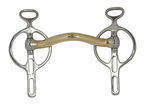
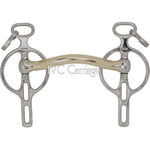
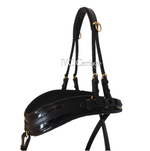
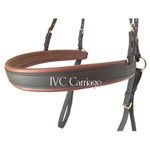
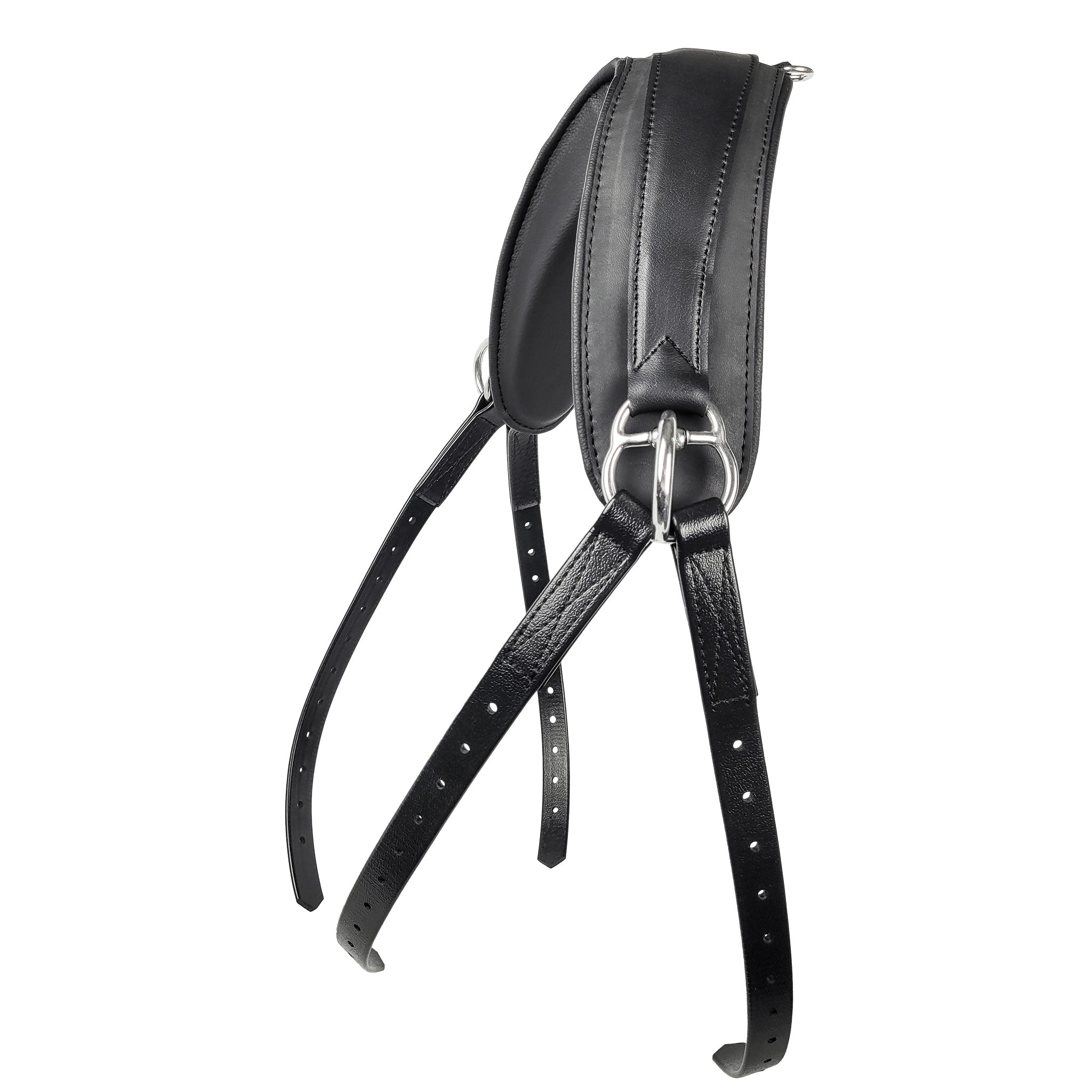
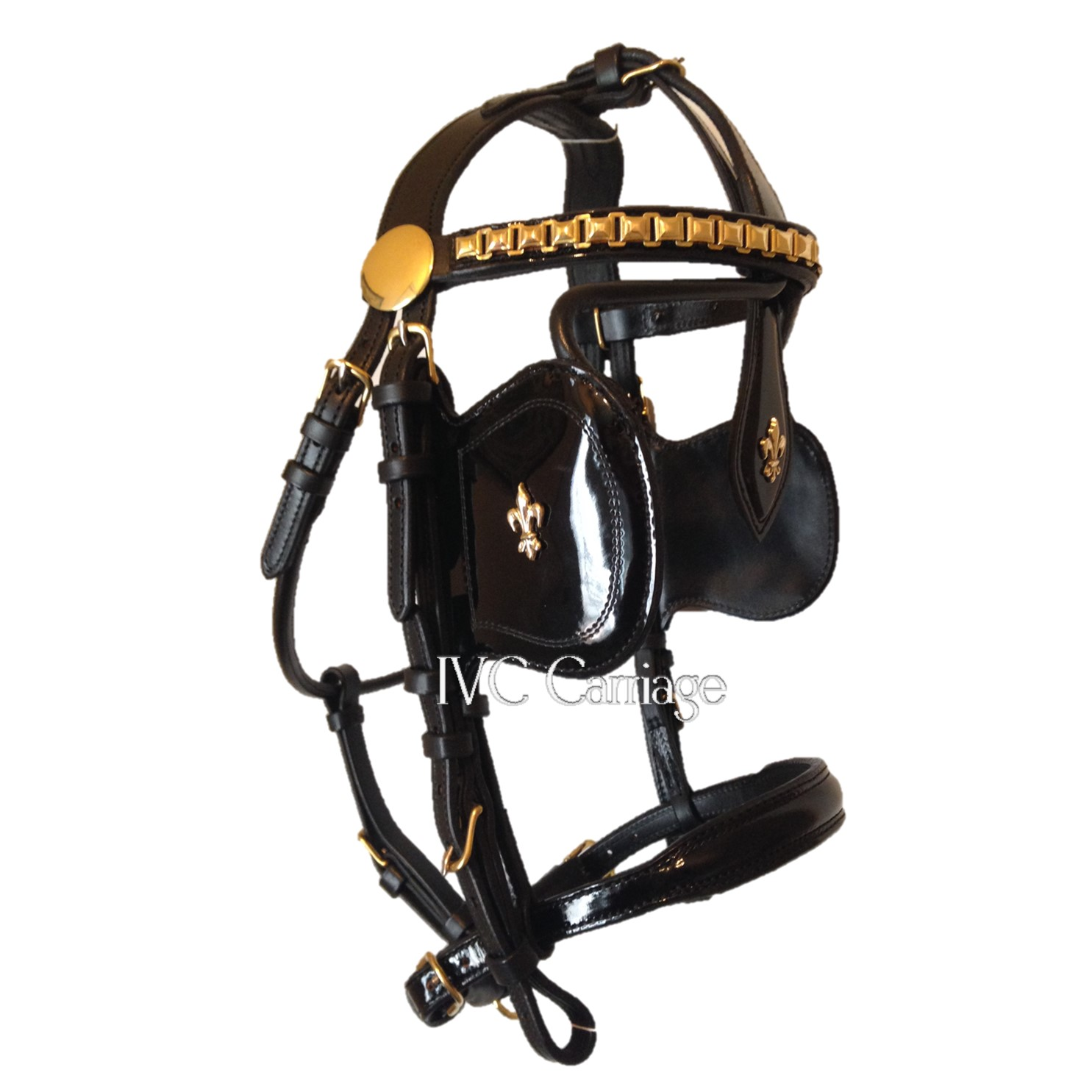
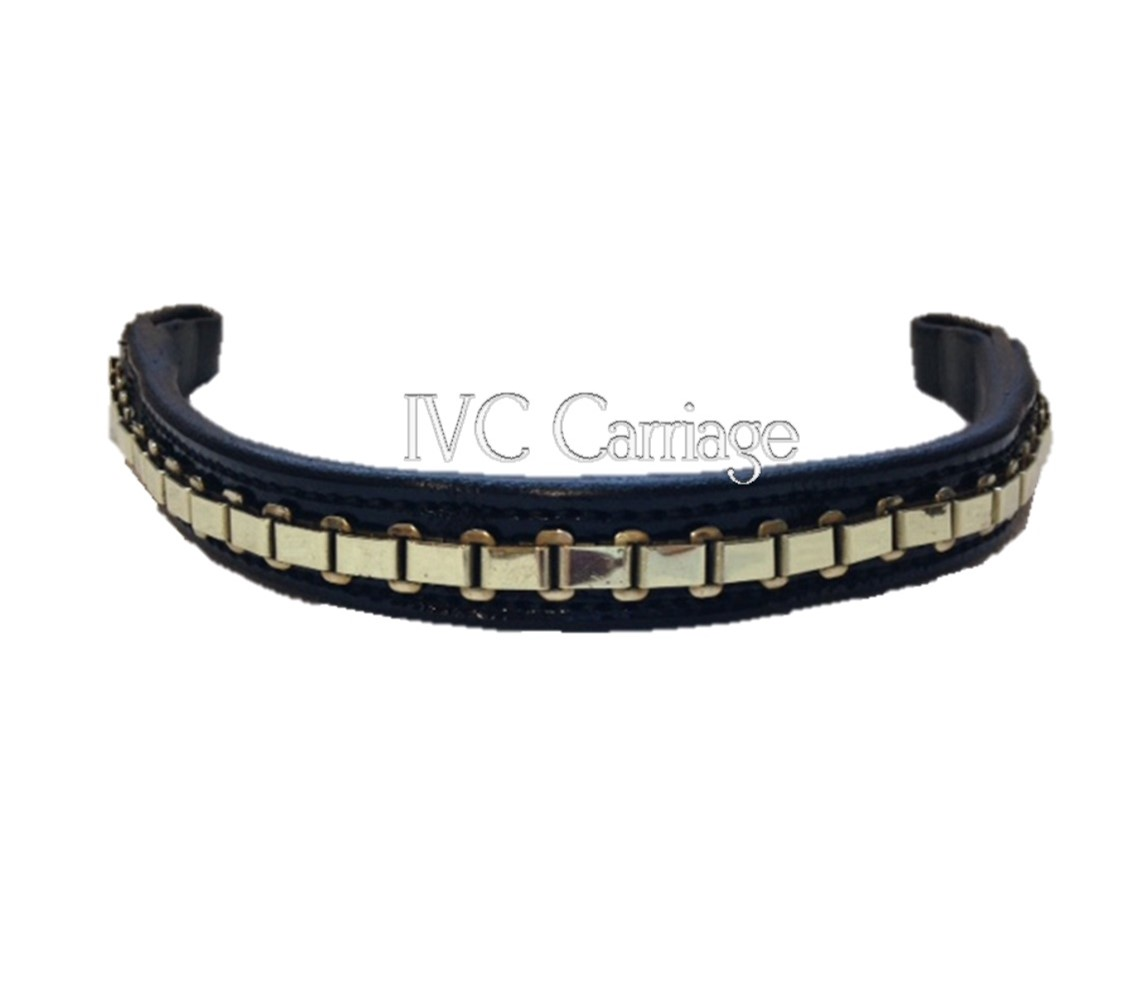
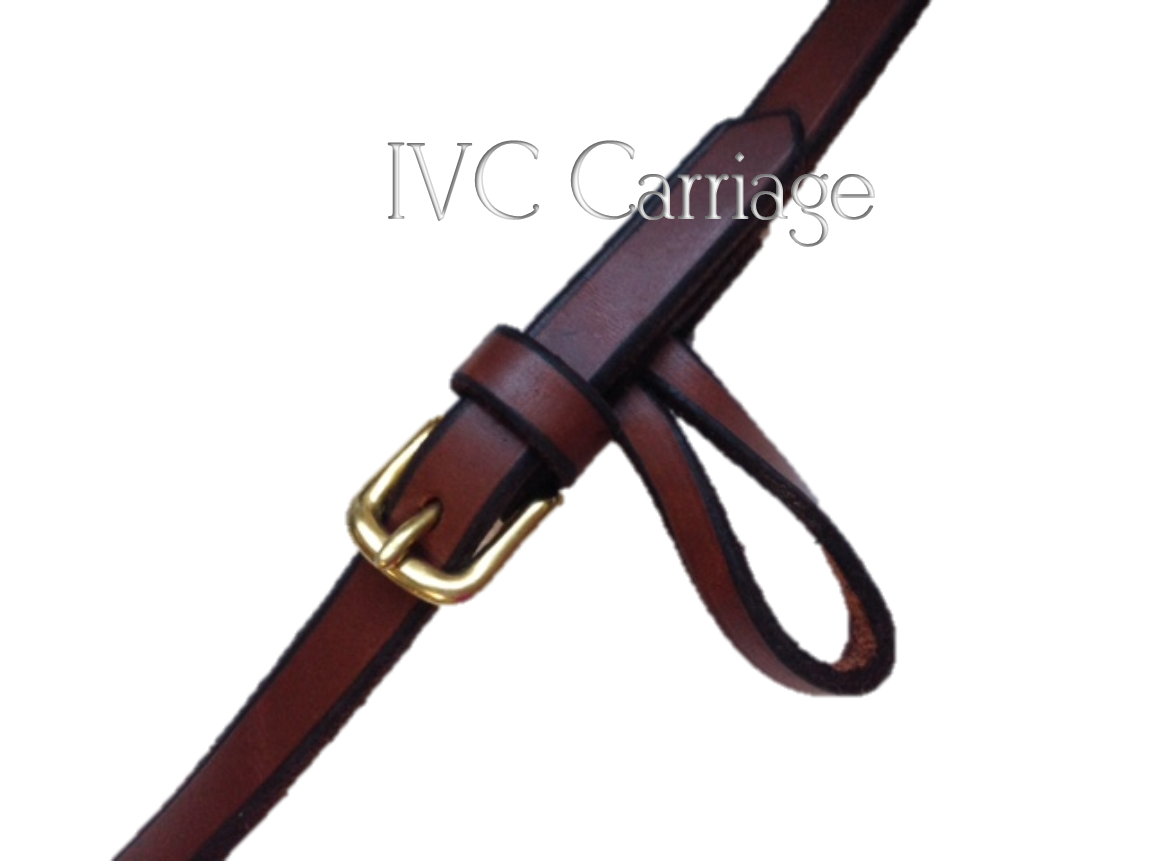
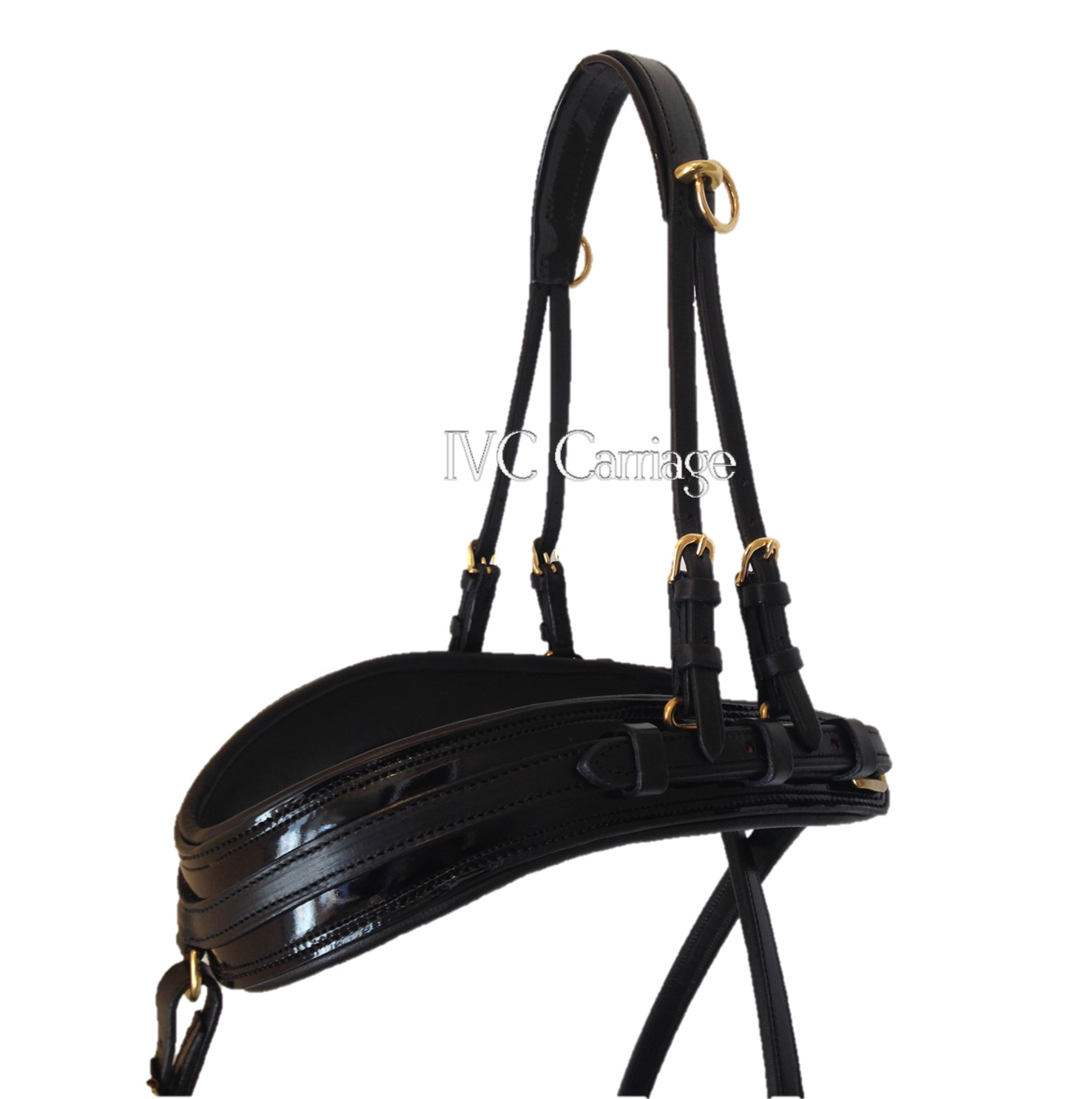
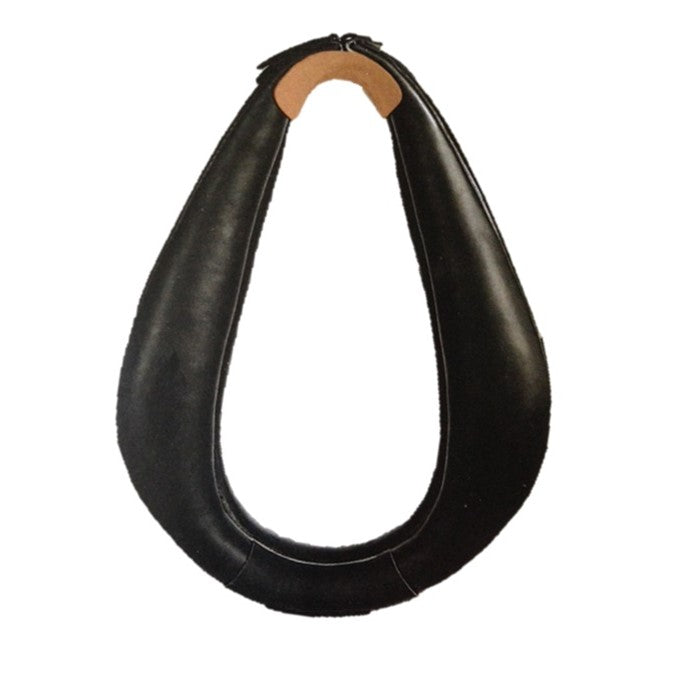
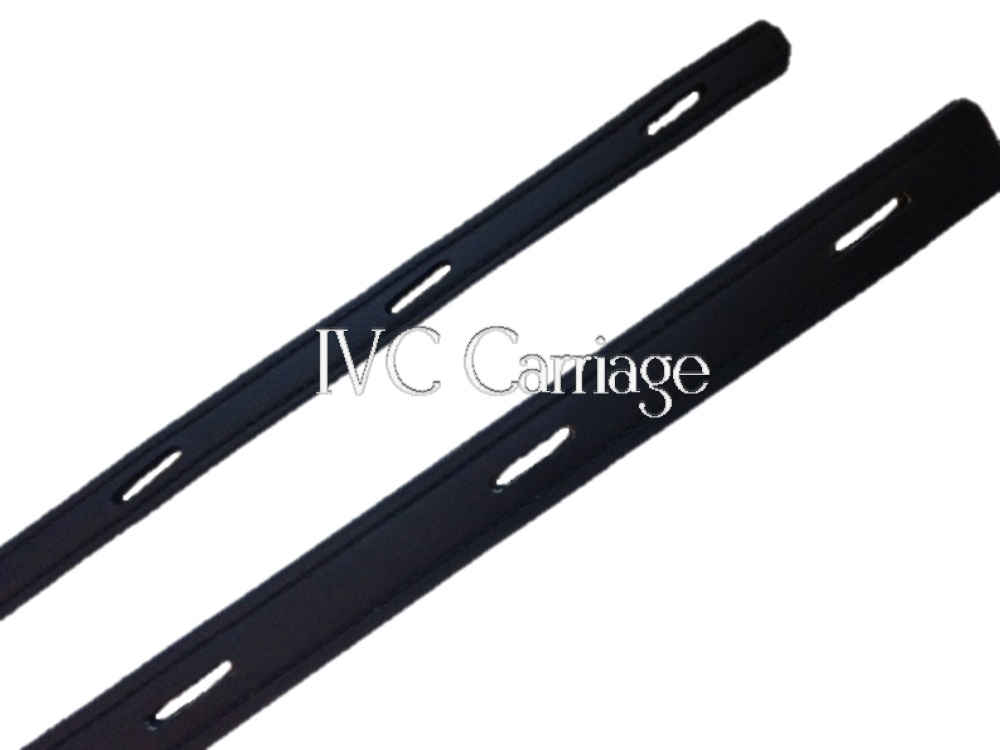
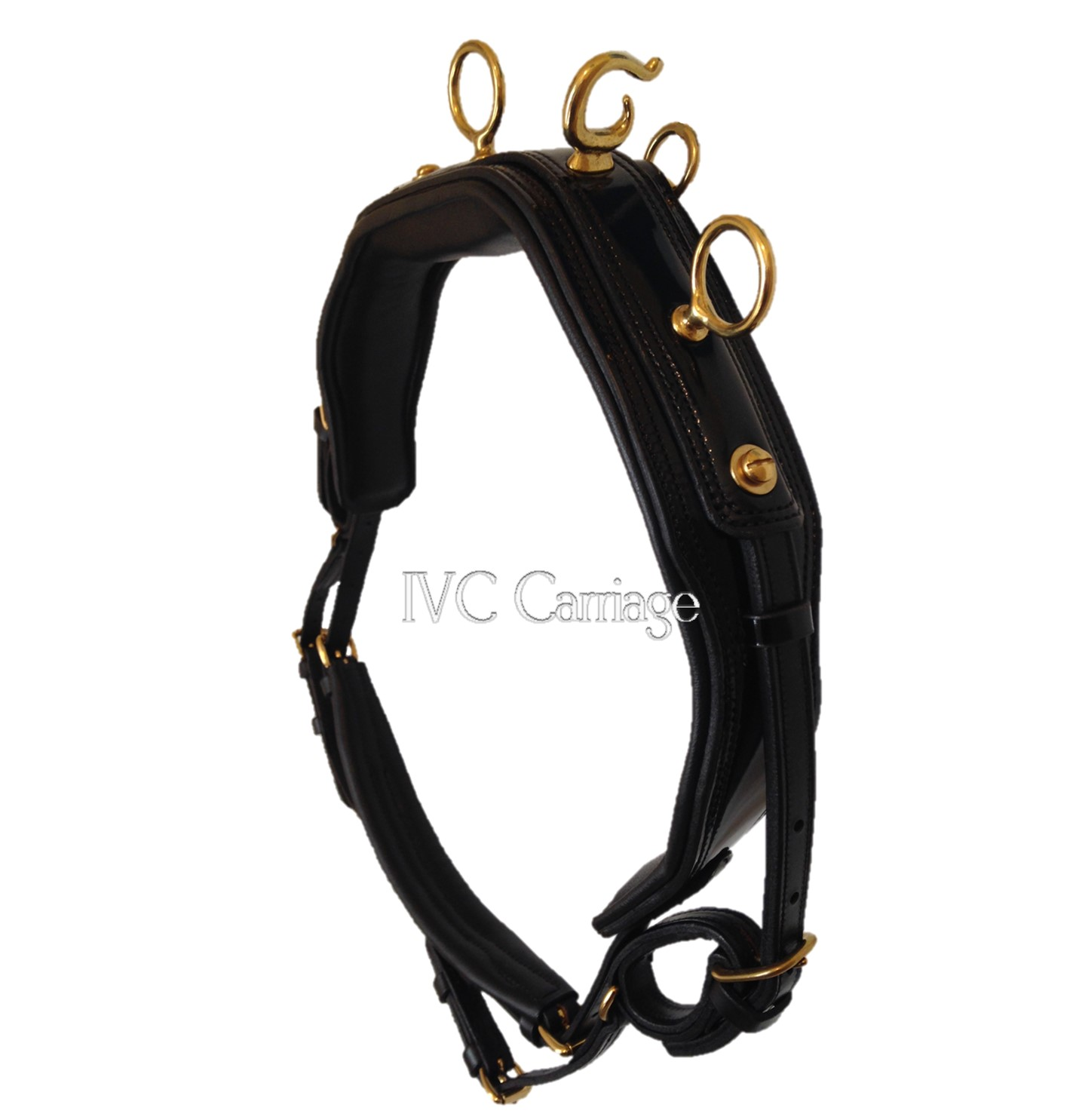
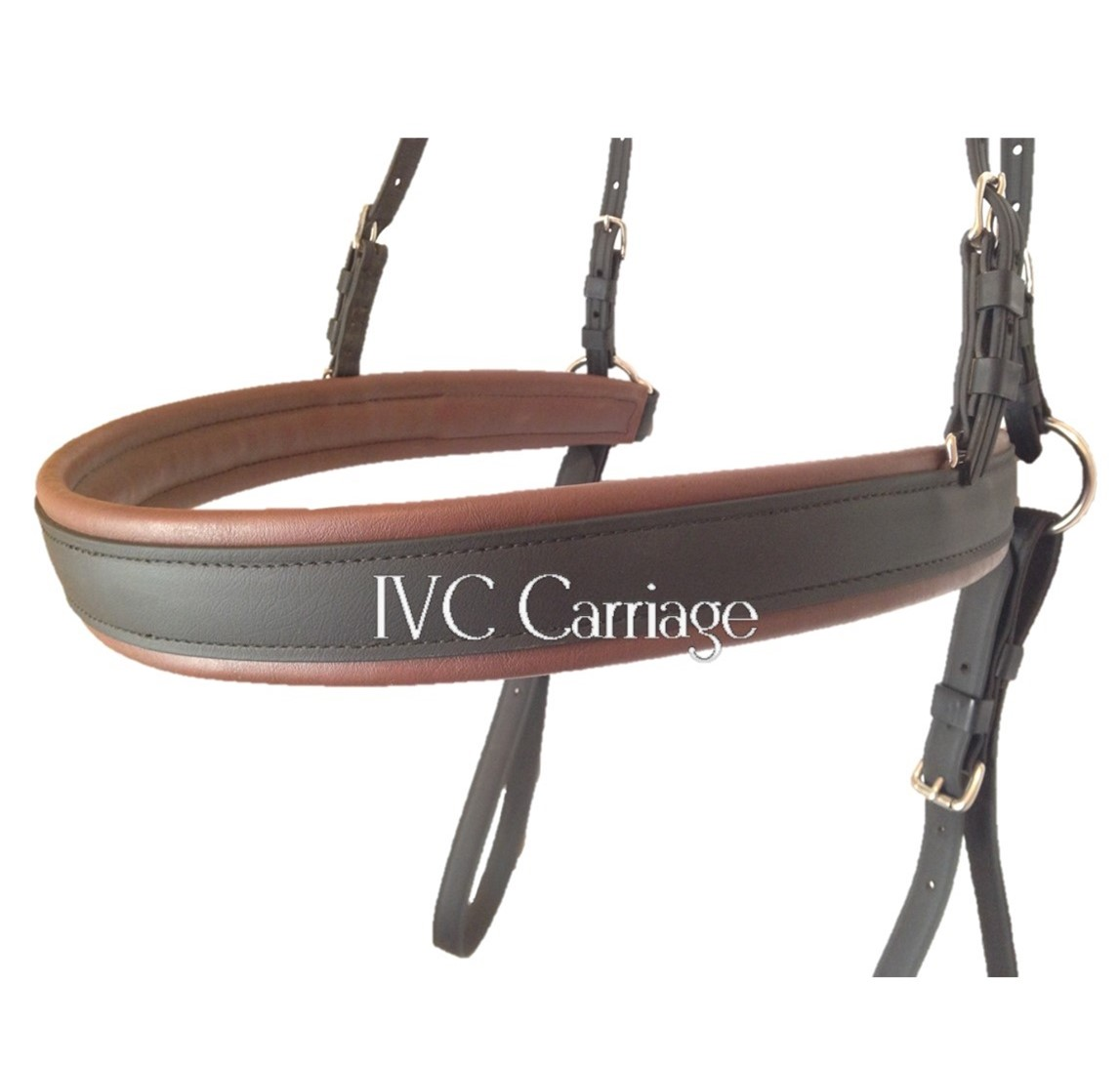
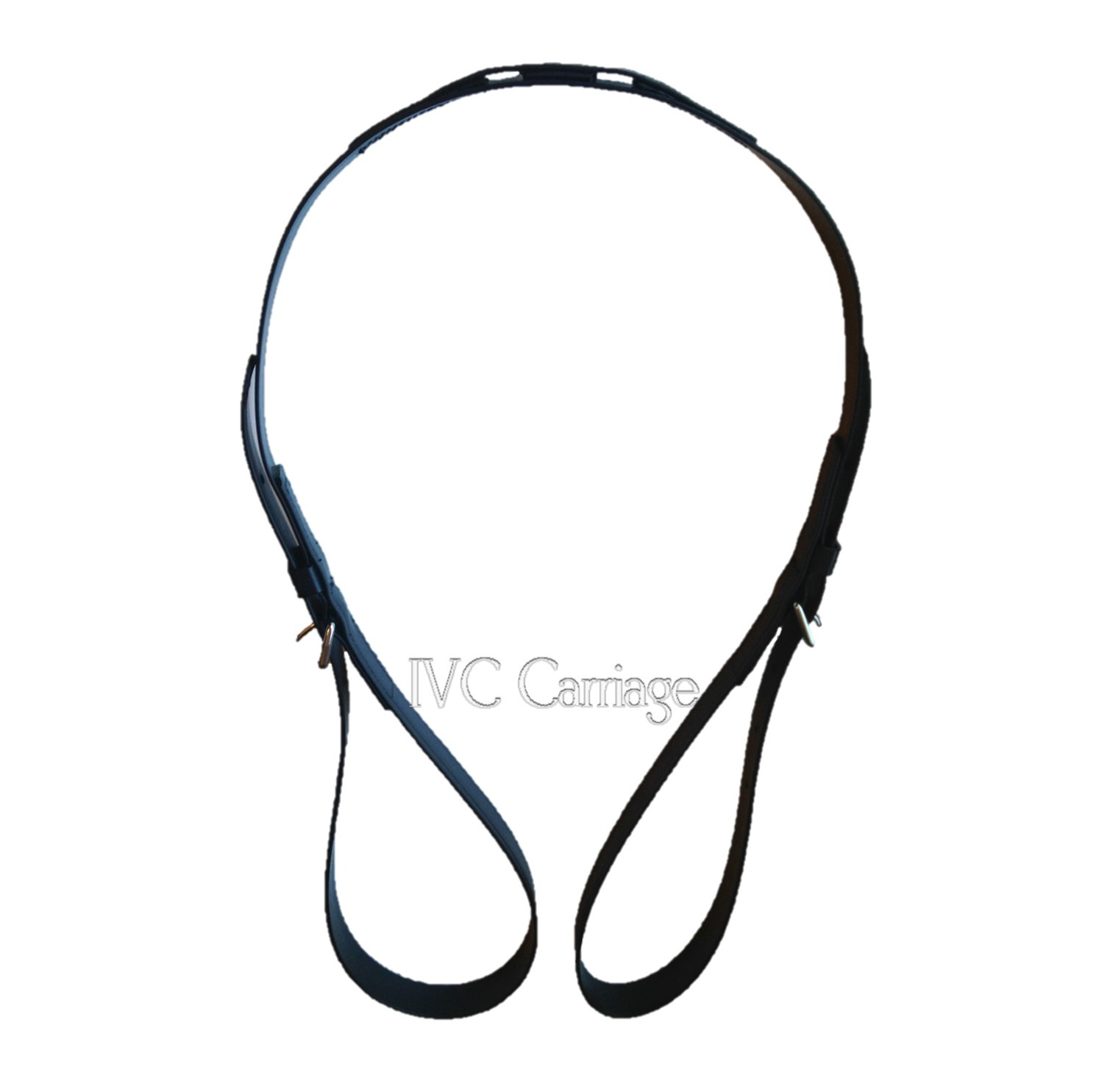
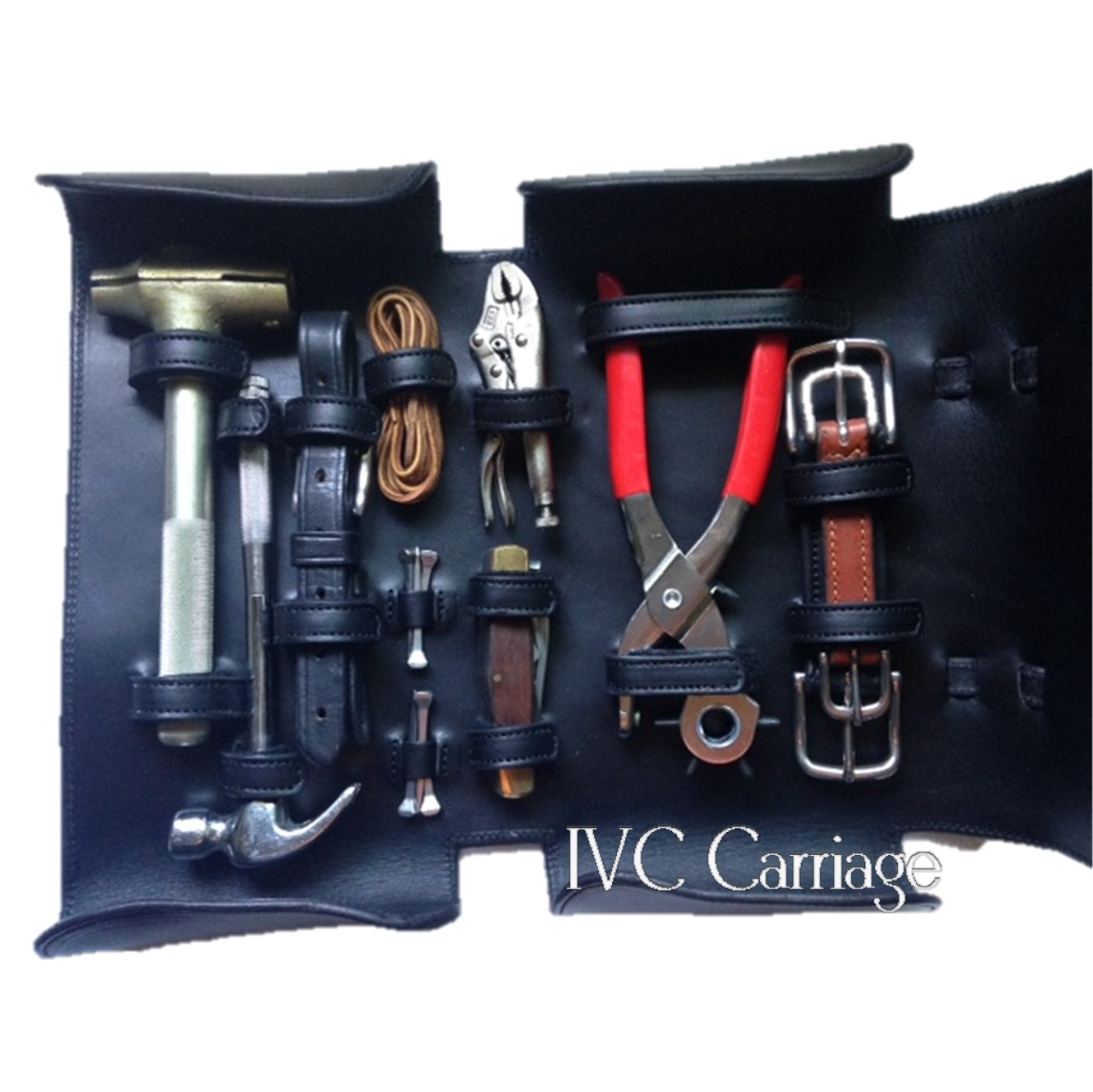

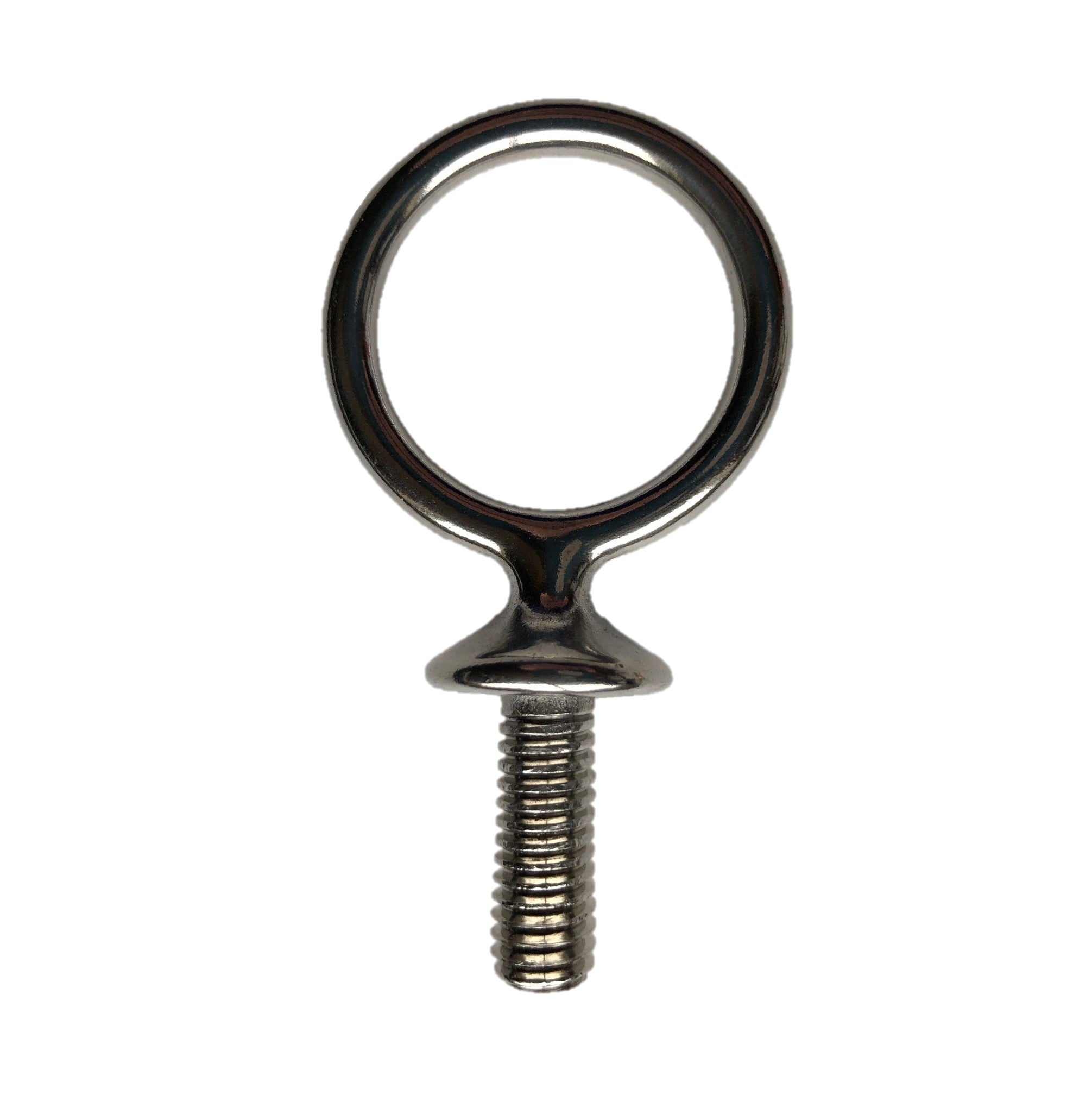
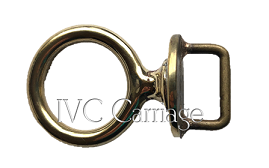
9 comments
Deborah North
As always, wonderful advice!
As someone who has competed since 1995 but only in driving events since 2016, I’ve relied on my trainers and seasoned competitors to help me become more confident.
As my late great-uncle said when he was around 85 years old, “you know everything there is to know about horses when they plant you six feet under”. And he showed and trained horses for sixty years!
Mary Beth Weber
Your article was excellent! I remember my first ADS show and not understanding the cone classes and how people were so very helpful to me. It’s so much fun getting to know people and helping each other, and enjoying the sport.
Melanie Drall
I really enjoyed this read. It was very well said and so true. We have been driving for 10 years in competition and I continually see the older kids helping the younger kids and everyone pitching in to help. I also have had complete strangers step up to help my grandkids. I was always a rider but now that I drive I am so much happier. Thank you to all the wonderful volunteers and people that just step up to make this an awesome experience!!
Pip Breckon
Excellent article!! Thank you
Jacquelyn Lahn
More resources are good. Finding the concepts on which there is agreement is most useful.